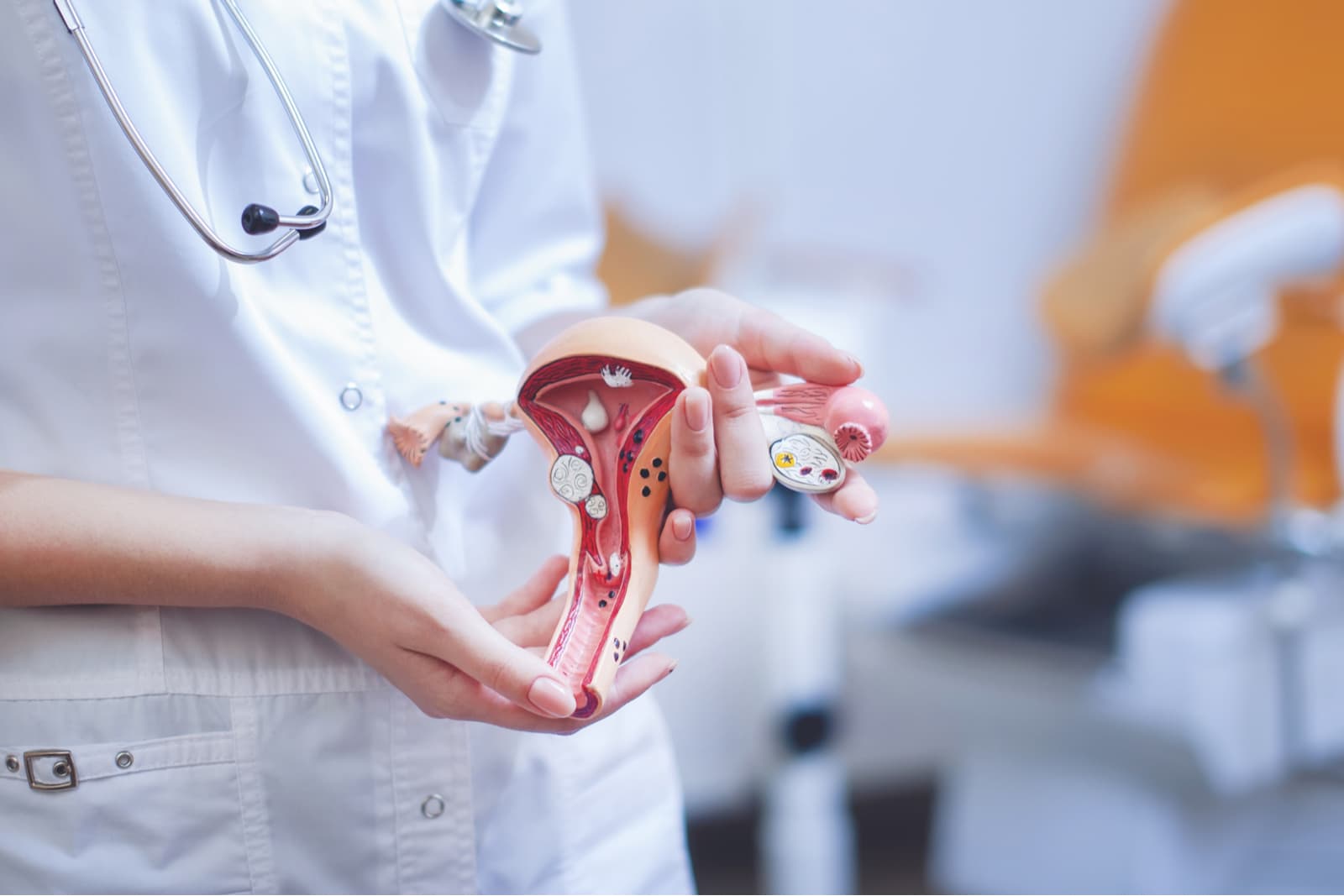A hysterectomy is a surgical procedure during which the uterus is removed. Hysterectomies can be performed as an open surgery, laparoscopically, or with robotic assistance. In most cases, a minimally-invasive approach is the preferred method for hysterectomies, however certain situations may require open surgery. There are different types of hysterectomies that remove different structures, such as:
- Subtotal or supracervical hysterectomy removes the upper part of the uterus, but leaves the cervix
- Total hysterectomy removes both the uterus and cervix.
- Radical hysterectomy removes the uterus and surrounding tissues, the cervix, and the top of the vagina (usually performed when cancer is present)
- Oophorectomy is the removal of the ovaries
- Salpingectomy is the removal of the fallopian tubes
- Hysterectomy and bilateral salpingectomy-oophorectomy is the removal of uterus, ovaries, and fallopian tubes.
Did You Know?
Hysterectomies are the second most commonly surgical procedure performed on women. In fact, it is estimated that 500,000 women undergo hysterectomies every year.
Frequently Asked Questions:
Do I need a hysterectomy?
Your gynecologist may recommend a hysterectomy if you are affected by any of the following:
- Adenomyosis
- Cancer
- Endometriosis
- Uterine fibroids
- Uterine prolapse
The decision to have a hysterectomy should be thoroughly discussed with your gynecologist so that you have enough information to make an informed decision regarding your reproductive health. To speak with a gynecologist about whether a hysterectomy is right for you, schedule a consultation at Bucks County Women’s Wellness today.
What can I expect when receiving a hysterectomy from the gynecologists at Bucks County Women’s Wellness?
All hysterectomies performed through Bucks County Women’s Wellness are performed in a hospital under general anesthesia. In most cases, our gynecologists will utilize a minimally invasive approach such as a laparoscopic or robotic assisted hysterectomy. During a minimally invasive hysterectomy, a series of small incisions are made in the abdomen and special instruments are inserted into these incisions to complete the surgery. A laparoscopic approach is when the surgeon manipulates special tools to complete the surgery inside the body, while a robotic assisted approach is when the surgeon controls a robotic system of tools from outside the body. In some cases, an open surgery approach may be required. An open surgery hysterectomy consists of making a 5-7 inch incision and removing the uterus through this incision. Open surgery is generally performed when a patient is not an ideal candidate for minimally-invasive surgery due to the presence of scar tissue from previous surgeries, obesity, or if the uterus is too large.
What can I expect after having a hysterectomy?
After having a hysterectomy, you may need to remain in the hospital for a few days. Generally speaking, those who used a minimally invasive approach have shorter hospital stays and some are even performed as outpatient procedures. In most cases, it takes about 6 weeks to recover from a hysterectomy and it is recommended to avoid sex and heavy lifting during this time.



